그만큼 URL:스캠 탐지는 네트워크 위협을 식별하기 위해 Avast/AVG 바이러스 백신 소프트웨어에서 사용하는 포괄적인 레이블 역할을 합니다.. 합법적인 보안 도구를 사용하여 양성 탐지를 수행하는 동시에, 안전한 웹페이지를 잘못 감지할 수 있습니다..
사용자는 일반적으로 다음과 같은 문제를 겪습니다. “URL:스캠” 특정 웹사이트를 연 후 경고. 일반적으로 보안 분석가가 안전하지 않다고 표시한 웹사이트를 의미합니다.. 이는 사용자에게 직접적이고 즉각적인 위협을 의미하는 것이 아니라 경고 역할을 합니다..
URL:사기 개요
이유가 꽤 많네요 웹사이트가 URL로 연결되도록 하기 위해:사기 감지. 아래에 가장 자주 나오는 것들을 모아봤습니다:
- 악성코드 배포. URL을 실행하는 링크 클릭:사기 경고로 인해 악성 소프트웨어를 다운로드하고 설치할 수 있습니다., 악성코드와 같은, 컴퓨터에. 악성 코드는 심각한 피해를 초래할 수 있습니다, 데이터 도난을 포함해, 시스템 불안정, 심지어 금전적인 손실까지.
- 개인 정보 보호 문제. URL:사기 경고는 사용자 검색 데이터 및 개인 정보를 수집하는 애드웨어 유형 애플리케이션과 연결되는 경우가 많습니다.. 이 데이터는 제3자와 공유될 수 있습니다. 이익을 위해, 잠재적으로 개인 정보 침해로 이어질 수 있음, 신원 도용, 원치 않는 타겟 광고.
- 침략적인 광고. URL로 표시된 웹사이트:사기 경고는 팝업 알림을 표시하도록 제안할 수 있습니다.. 이는 수십 개의 광고로 사용자에게 스팸을 보내기 위한 변명일 뿐입니다.. 브라우저 내 알림과 Windows 시스템 트레이의 알림이 모두 넘칩니다..
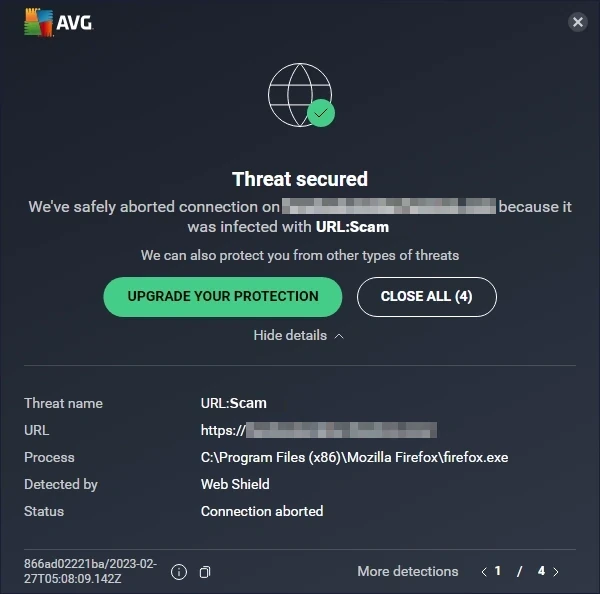
URL의 일반적인 모양:Avast의 사기 알림
URL:사기 간략 요약
| 발각 | URL:스캠 |
| 위협 유형 | 위험한 웹사이트 |
| 원천 | 웹 브라우저에서 의심스러운 웹사이트가 열렸습니다. |
| 위험 | 피싱 사기, 가짜 온라인 쇼핑 제안, 암호화폐 사기 등. |
| 사이드노트 | 바이러스 백신 엔진의 문제로 인해 오탐지가 발생할 수 있습니다. |
URL인가요?:거짓 긍정 사기?
내가 말했듯이, 양성 바이러스 백신 엔진에서 유래했음에도 불구하고, URL 사기 감지는 합법적인 웹사이트에 나타날 수 있습니다.. 이는 여러 가지 이유로 발생할 수 있습니다., 주로 엔진이 위험하다고 간주한 사이트 콘텐츠의 일부 또는 탐지 데이터베이스의 허위 기록으로 인해 발생합니다.. 때때로, 바이러스 백신은 과거에 언급된 문제가 있었기 때문에 웹 사이트를 차단합니다., 하지만 지금은 그런 게 없어.
해당 웹사이트가 안전하고 합법적이라고 확신하는 경우, 이를 작동시키는 유일한 방법은 프로그램에서 네트워크 검색 기능을 비활성화하는 것입니다.. 사이트가 익숙하지 않은 경우에는 이 작업을 수행하지 않는 것이 좋습니다..
해당 사이트가 정말 위험한지 아닌지를 확인하기 위해, 당신은 사용할 수 있습니다 무료 온라인 URL 스캐너 작성자: GridinSoft. 사이트가 신뢰할 만한 가치가 있는지 1분 이내에 드러납니다. 링크를 붙여넣고 결과를 기다리세요..
URL을 제거하는 방법:스캠?
URL이:어떤 사이트를 방문하더라도 사기 메시지가 계속 나타납니다., 문제가 바이러스 백신에 없을 수도 있습니다., 하지만 시스템에 설치된 소프트웨어에서는. 특정 유형의 악성 코드, 특히 애드웨어와 브라우저 하이재커, 피해자를 악성 웹사이트로 보내고 싶어합니다.. 현재 바이러스 백신이 맬웨어에 대해 보고하지 않는 경우, GridinSoft Anti-Malware 사용을 고려해보세요. 단 몇 번의 클릭만으로 해충을 제거할 수 있습니다..
URL 삭제:Gridinsoft 안티 멀웨어를 이용한 사기
우리는 또한이 소프트웨어 에서이 소프트웨어를 우리 시스템에서 사용하고 있습니다., 그리고 그것은 항상 바이러스를 감지하는 데 성공했습니다. 가장 일반적인 온라인 사기 페이지를 다음과 같이 차단했습니다. 우리의 테스트에서 보여 주었다 소프트웨어와 함께, URL을 제거할 수 있음을 보장합니다.:컴퓨터에 숨어 있는 사기 및 기타 악성 코드.

악의적 인 위협을 제거하기 위해 Gridinsoft를 사용합니다, 아래 단계를 따르십시오:
1. Gridinsoft anti-malware를 다운로드하여 시작하십시오, 아래 또는 공식 웹 사이트에서 직접 파란색 버튼을 통해 액세스 할 수 있습니다. gridinsoft.com.
2.GridInsoft 설정 파일이되면 (Setup-gridinsoft-fix.exe) 다운로드됩니다, 파일을 클릭하여 실행하십시오. Follow the installation setup wizard's instructions diligently.

3. 액세스 "스캔 탭" on the application's start screen and launch a comprehensive "전체 스캔" 전체 컴퓨터를 검사합니다. 이 포괄적 인 스캔은 메모리를 포함합니다, 스타트 업 항목, 레지스트리, 서비스, 드라이버, 그리고 모든 파일, 가능한 모든 위치에 숨겨진 맬웨어를 감지하는지 확인.
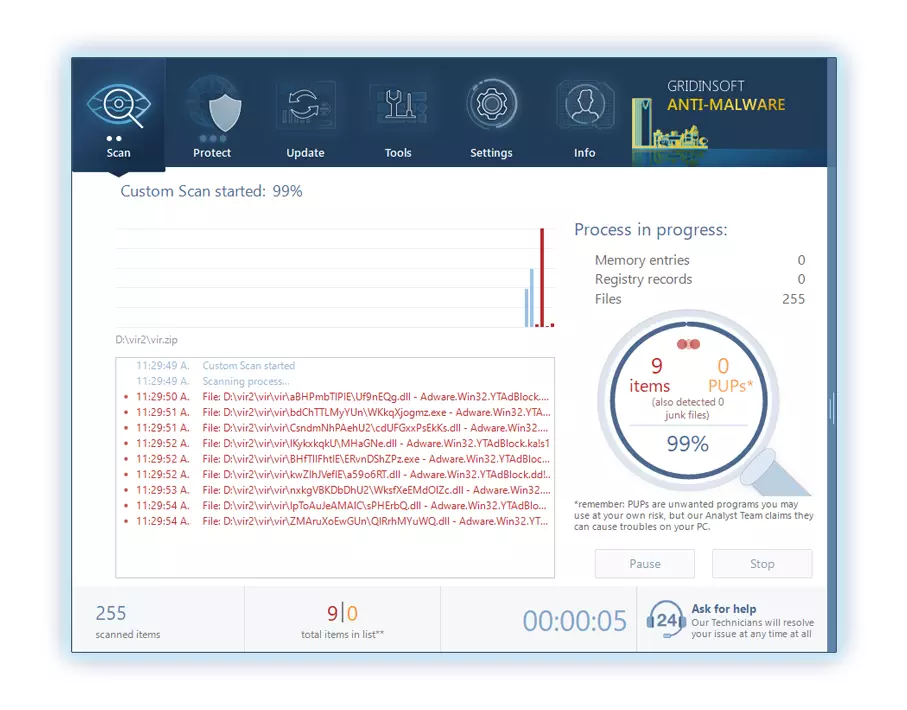
인내하십시오, as the scan duration depends on the number of files and your computer's hardware capabilities. 이 시간을 사용하여 휴식을 취하거나 다른 작업에 참석하십시오..
4. 완료되면, 방지 방지는 PC에 감지 된 모든 악성 품목 및 위협이 포함 된 자세한 보고서를 제시합니다..

5. 보고서에서 식별 된 모든 항목을 선택하고 자신있게 "지금 청소" 단추. 이 작업은 컴퓨터에서 악의적 인 파일을 안전하게 제거합니다., 더 이상의 유해한 행동을 방지하기 위해 말장 방지 프로그램의 안전한 검역 구역으로 전송.

6. 프롬프트가있는 경우, 전체 시스템 스캔 절차를 마무리하려면 컴퓨터를 다시 시작하십시오.. 이 단계는 남은 위협을 철저히 제거하는 데 중요합니다.. 재시작 후, Gridinsoft anti-malware가 열리고 메시지를 표시합니다. 스캔 완료.
Gridinsoft는 6 일 무료 평가판을 제공합니다. 즉, 소프트웨어의 모든 이점을 경험하고 시스템의 향후 악성 코드 감염을 예방하기 위해 무료로 시험 기간을 이용할 수 있습니다.. Embrace this opportunity to fortify your computer's security without any financial commitment.
브라우저 설정을 재설정하는 방법?
Microsoft Edge를 재설정합니다, 다음 단계를 수행하십시오:
열기 "설정 등" 오른쪽 상단에있는 탭, 그런 다음 여기에서 찾으십시오 "설정" 단추. 나타난 메뉴에서, 선택하십시오 "설정을 재설정합니다" 옵션:
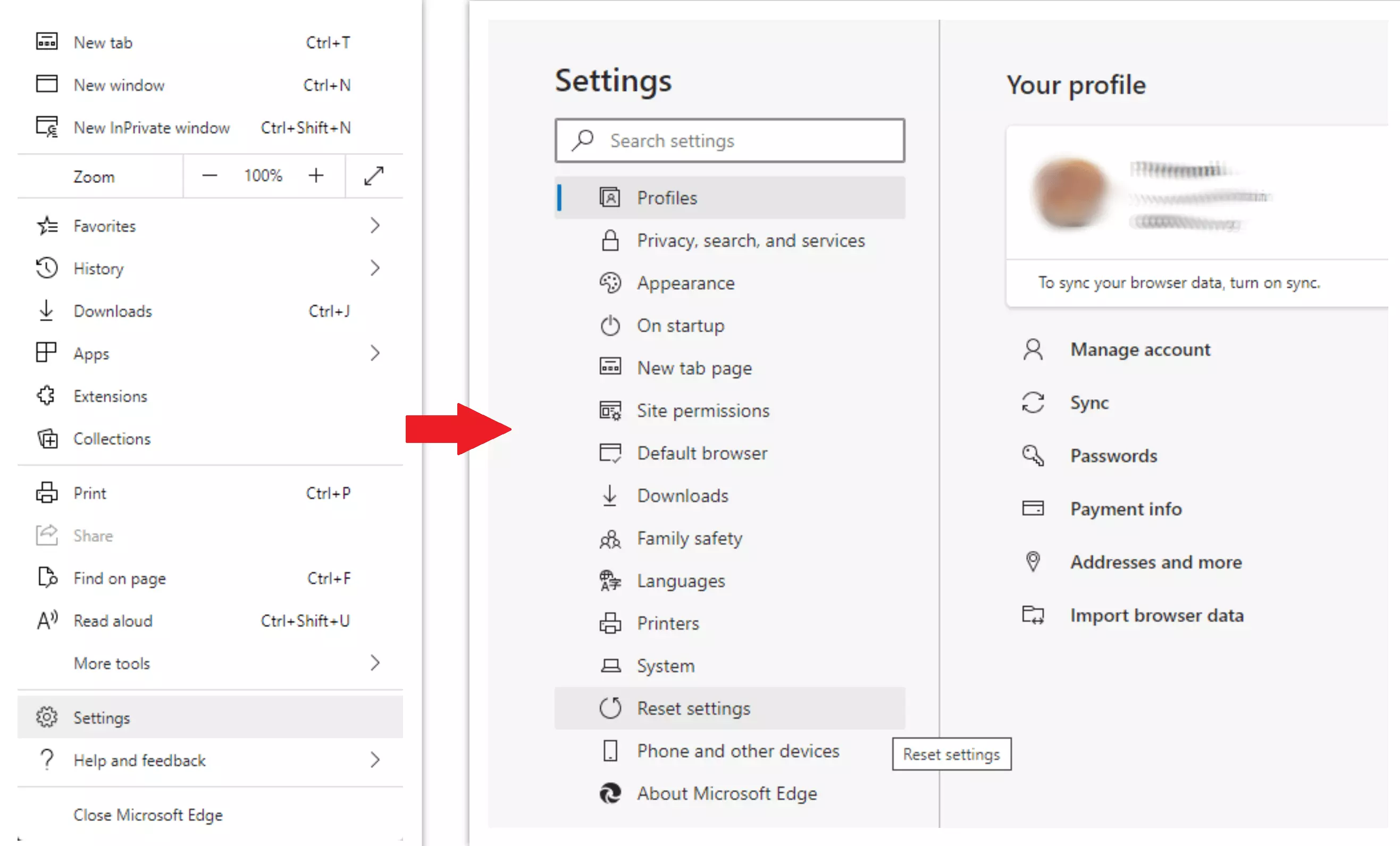
재설정 설정 옵션을 선택한 후, 다음 메뉴가 표시됩니다, 원본으로 되돌릴 설정:
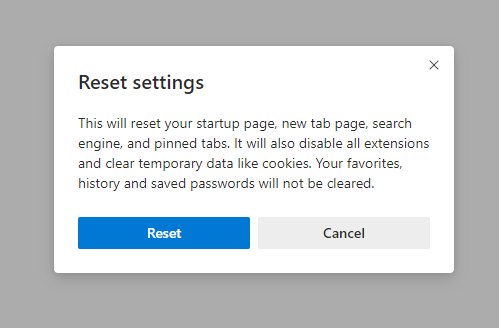
Mozilla Firefox의 경우, 다음 행동을 수행하십시오:
메뉴 탭을 엽니 다 (오른쪽 상단에 3 개의 스트립) 그리고 클릭하십시오 "돕다" 단추. 표시된 메뉴에서 선택하십시오 "문제 해결 정보":
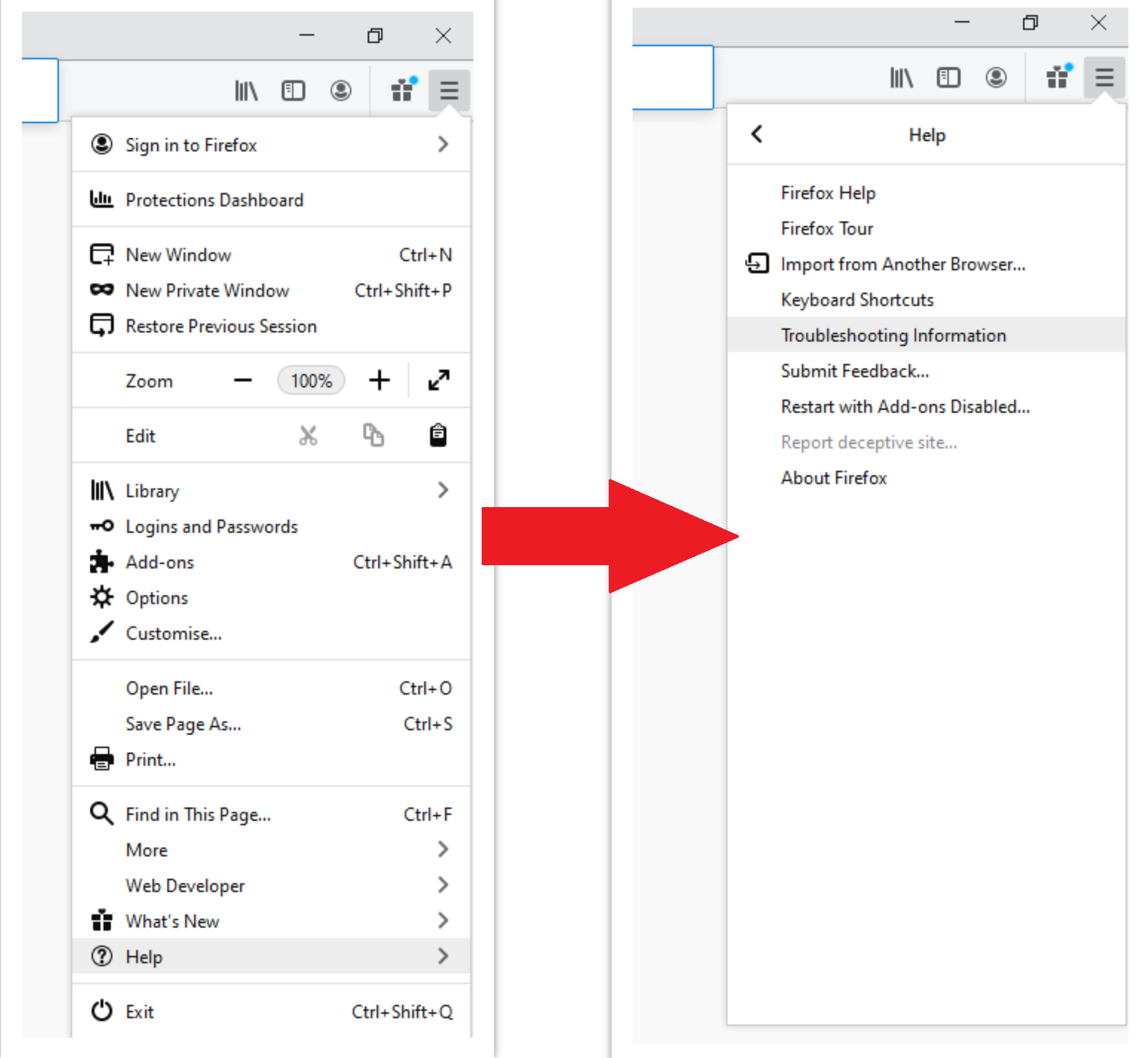
다음 화면에서, 찾아보세요 "Firefox를 새로 고칩니다" 옵션:

이 옵션을 선택한 후, 다음 메시지가 표시됩니다:

Google 크롬을 사용하는 경우
설정 탭을 엽니 다, 그리고 그것을 찾으십시오 "고급의" 단추. 확장 탭에서 "재설정하고 정리하십시오" 단추:
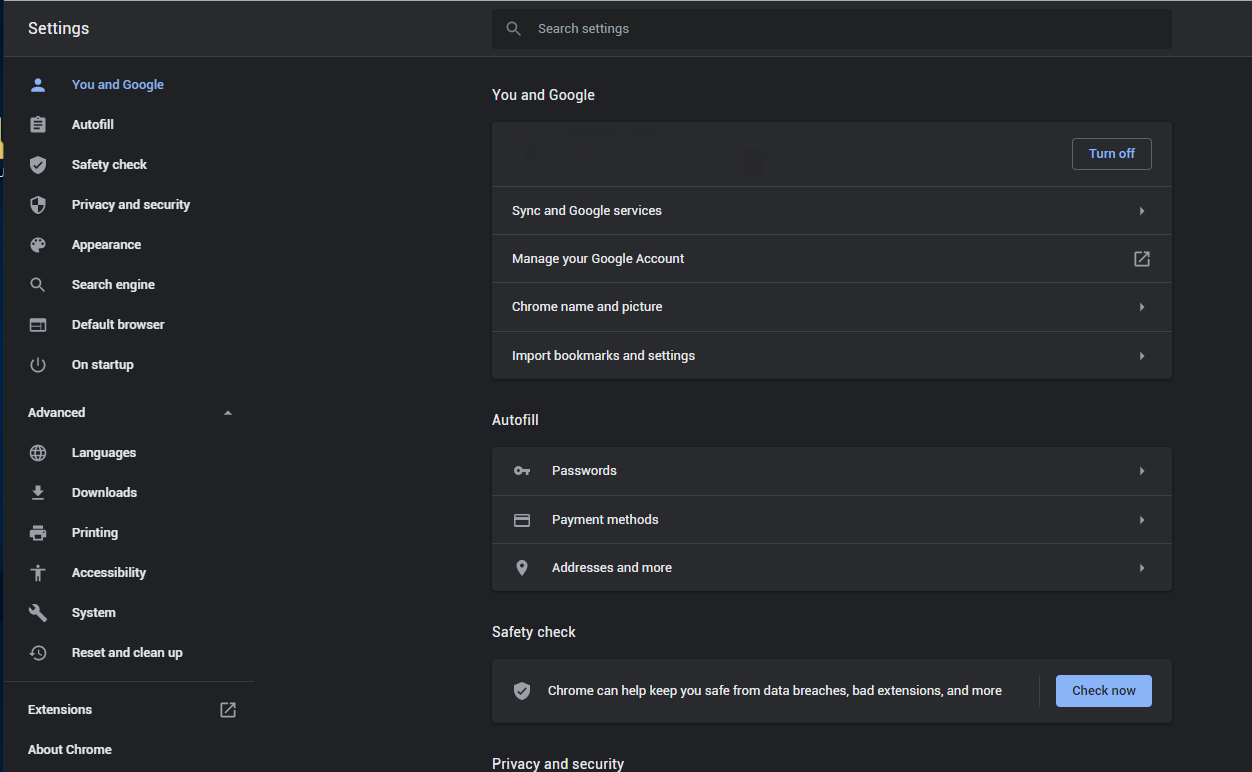
나타난 목록에서, 클릭하십시오 "원래 기본값으로 설정을 복원하십시오":
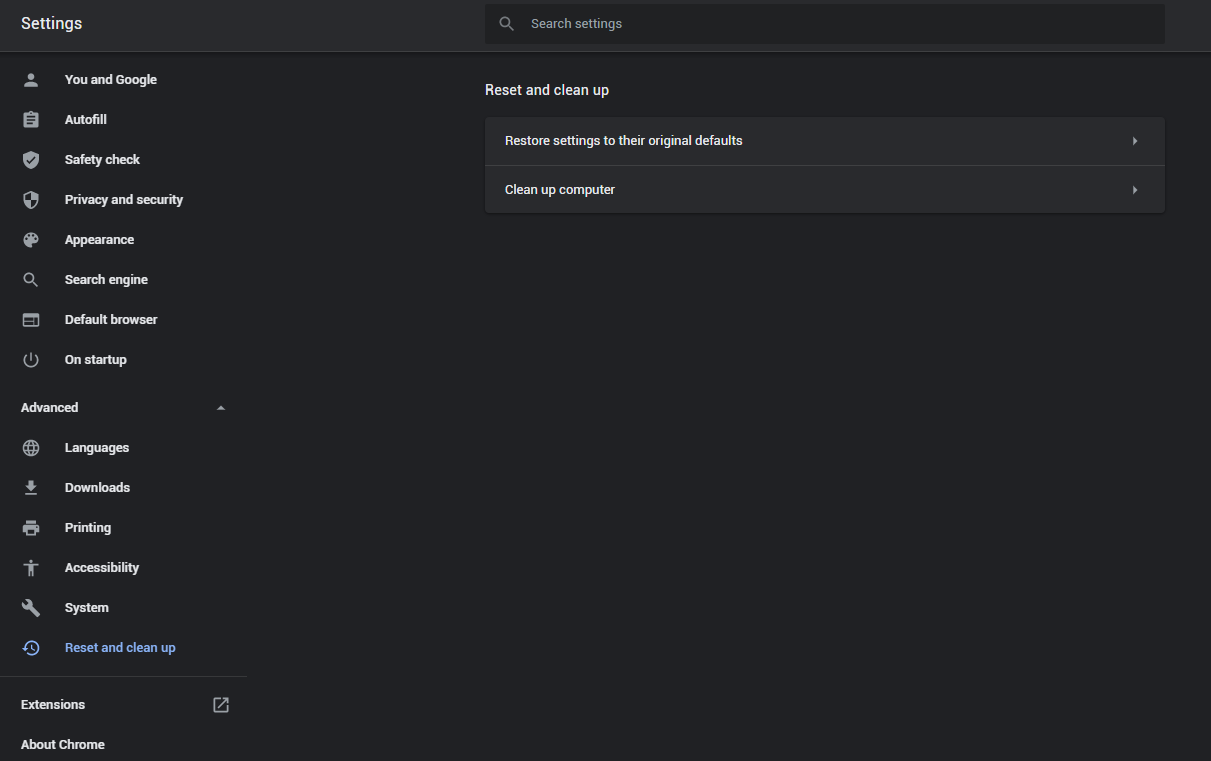
마지막으로, 당신은 창을 볼 것입니다, 기본값으로 재설정 될 모든 설정을 볼 수있는 곳:
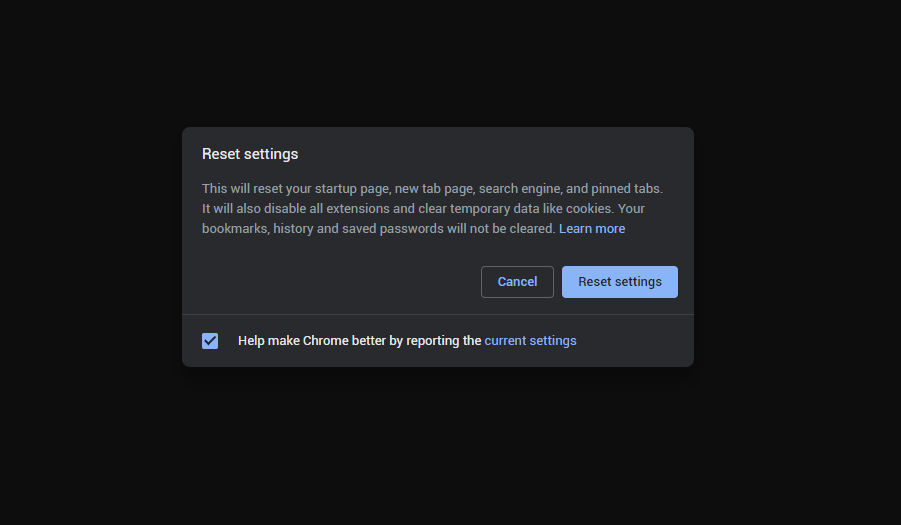
오페라는 다음 방식으로 재설정 할 수 있습니다
도구 모음에서 기어 아이콘을 눌러 설정 메뉴를 엽니 다. (브라우저 창의 왼쪽), 그런 다음 클릭하십시오 "고급의" 옵션, 그리고 선택하십시오 "브라우저" 드롭 다운 목록의 버튼. 아래로 스크롤하십시오, 설정 메뉴의 맨 아래로. 거기에서 찾으십시오 "원래 기본값으로 설정을 복원하십시오" 옵션:
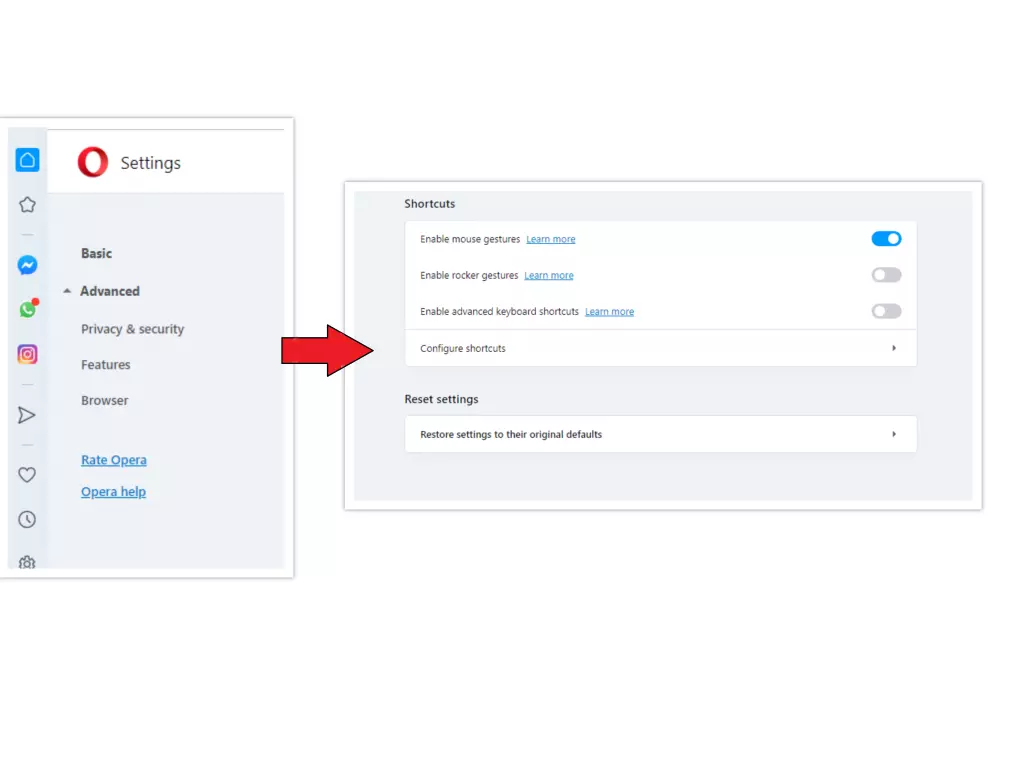
클릭 한 후 "설정 복원 ..." 단추, 당신은 창을 볼 것입니다, 모든 설정 위치, 재설정됩니다, 표시됩니다:
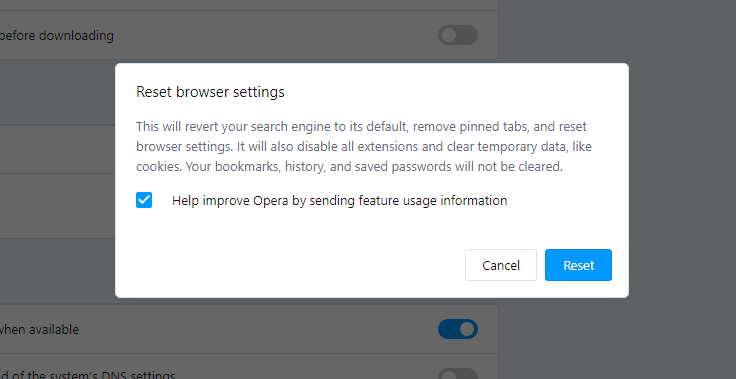
브라우저가 재설정되면, 필요한 웹페이지에 연결하는 동안 브라우저가 올바른 DNS에 연결되는지 확인해야 합니다.. 라는 제목의 텍스트 파일을 만듭니다. “호스트” PC 바탕화면에서, 그런 다음 그것을 열고 다음 줄로 채우십시오.1:
# 저작권 (기음) 1993-2006 마이크로소프트사.
#
# 이것은 Windows용 Microsoft TCP/IP에서 사용되는 샘플 HOSTS 파일입니다..
#
# 이 파일에는 IP 주소와 호스트 이름의 매핑이 포함되어 있습니다.. 각
# 항목은 개별 줄에 보관되어야 합니다.. IP 주소는
# 첫 번째 열에 배치되고 그 뒤에 해당 호스트 이름이 옵니다..
# IP 주소와 호스트 이름은 최소한 하나의 문자로 구분되어야 합니다.
# 공간.
#
# 또한, 댓글 (이와 같은) 개인별로 삽입 가능
# lines or following the machine name denoted by a '#' symbol.
#
# 예를 들어:
#
# 102.54.94.97 rhino.acme.com # 소스 서버
# 38.25.63.10 x.acme.com # x 클라이언트 호스트
# localhost 이름 확인은 DNS 자체 내에서 처리됩니다..
# 127.0.0.1 로컬호스트
# ::1 로컬호스트
또한, GridinSoft 프로그램은 2차 의견 요소로 작동하는 자체 네트워크 필터 기능을 제공합니다.. On-Run 보호 기능과 함께, 이 앱은 가장 현대적인 위협으로부터 시스템을 안전하게 보호합니다..
- 공식 Microsoft 가이드 호스트 파일 재설정을 위해.

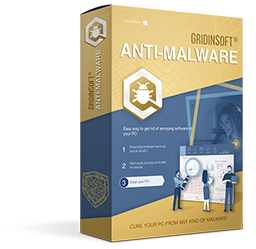


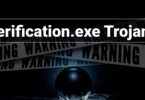



의견을 남겨주세요